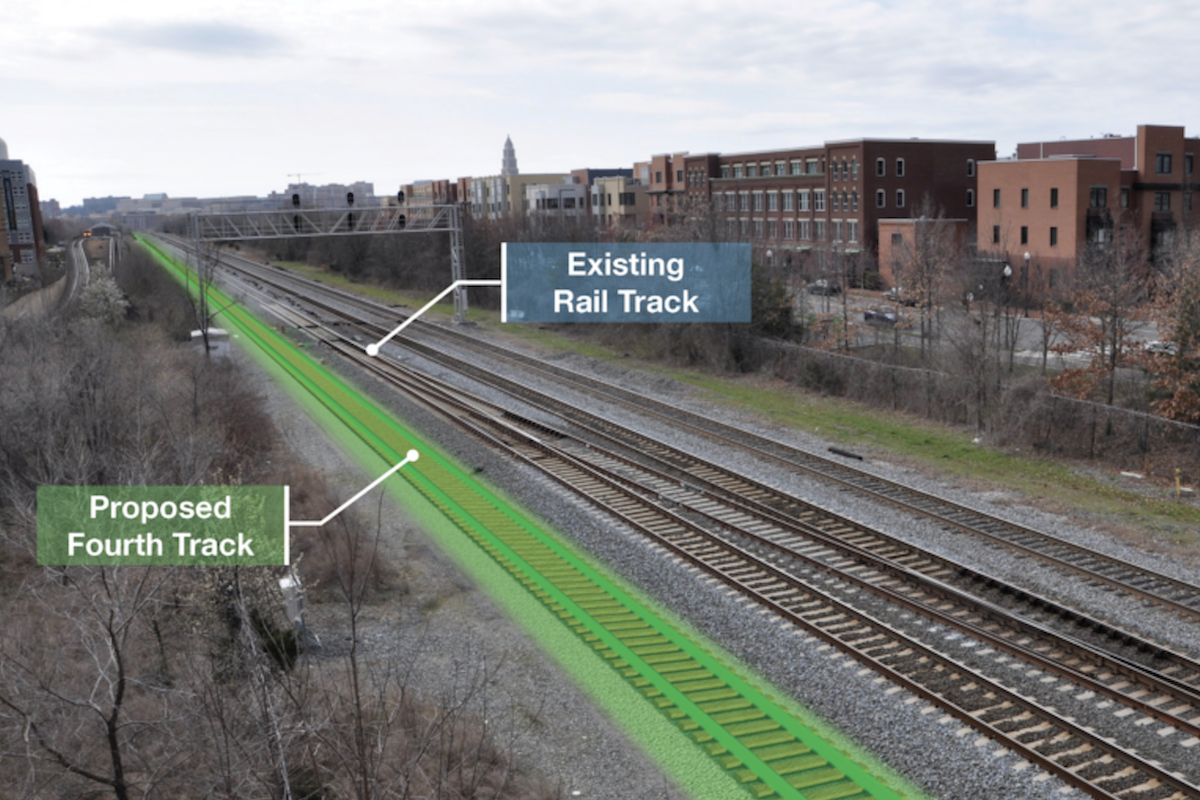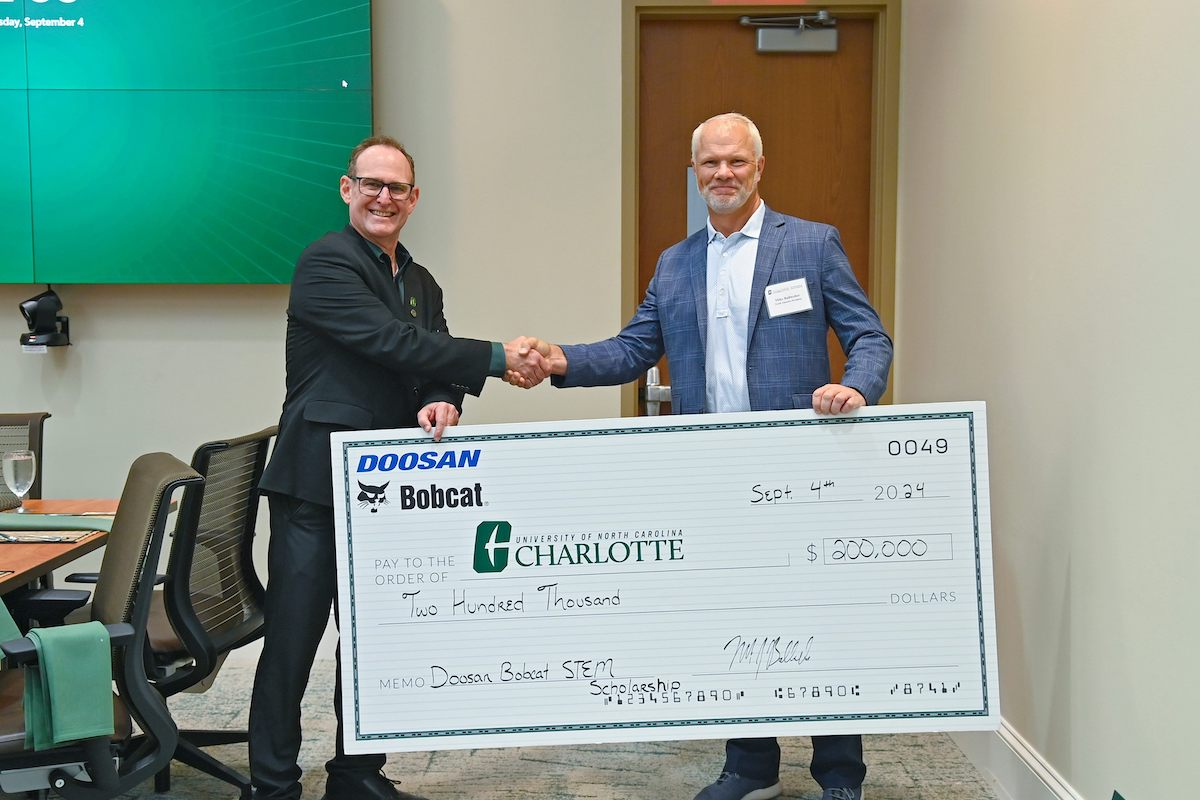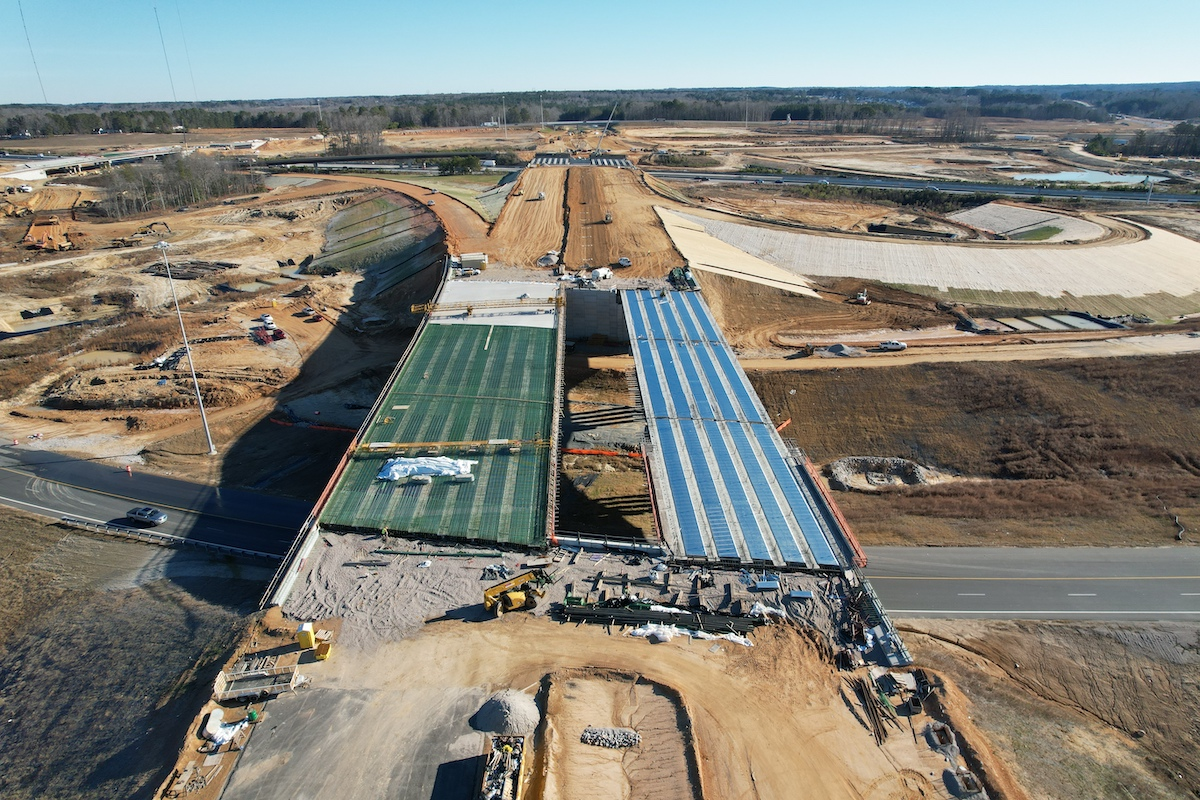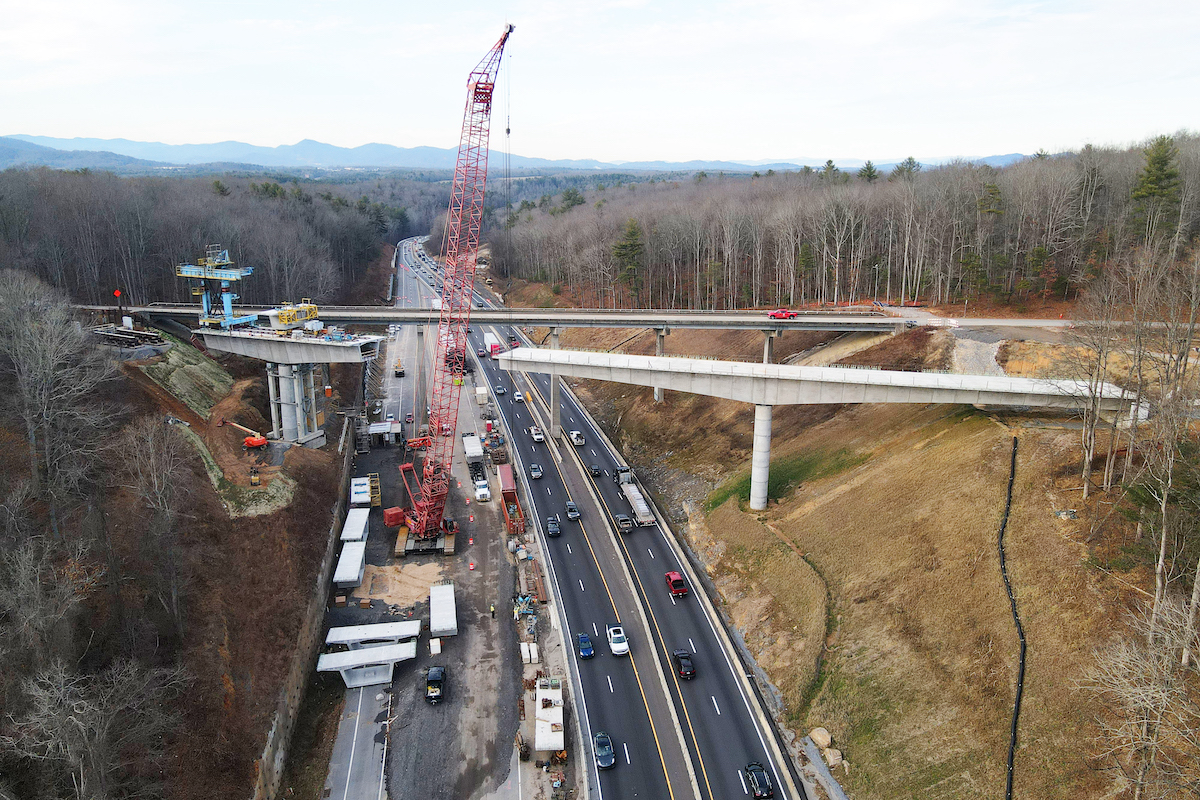Elkridge Library/DIY Center Parking Area Selects Belgard’s Aqualine Permeable Pavers as Project Attains LEED Gold Certification

Elkridge’s exterior surroundings were also designed for broader appeal offering a blend of colorful gardens, sitting areas, and outdoor learning venues. The parking and access ways, although functional in nature, required an innovative approach to blending the old with the new as well. The former property, which was built in the early 1990s, utilized a traditional storm drain and stormwater management system ill-equipped to handle to the region’s shifting weather patterns. Before resurfacing, the pavement areas’ excessive runoff and flooding issues had to be addressed. As an alternative to impermeable black top pavement, Belgard’s Aqualine 9L permeable interlocking concrete pavers (PICPs) were chosen to provide solutions for this project.
According to Project Engineer Sharon K. Cruz, PE of Pennoni Associates, “Rainfall events in the past few years have been increasingly intense in the region, and the older stormwater facilities weren’t designed for the volume.” Since original construction, the county had adopted new stormwater management requirements. “The intent of the new requirements was to treat runoff in a way to mimic existing site conditions and provide even distribution.” In other words, any new pavements needed to be compatible with the older system while still in compliance with these newer guidelines. By capturing rain water before it enters the sewer system, Belgard’s technology allowed contractors to design an area that would meet the new guidelines. Aqualine PICPs were engineered to allow water to pass directly through a wearing surface into an underlying stone reservoir, which temporarily stores the surface runoff before infiltrating into the subgrade soil. The product is also adaptable to a variety of situations.
Cruz explained, “The new system needed to handle runoff from adjacent upstream properties as well as the project site without being overwhelmed by the changes.” Another obstacle involved existing utility lines that were located directly under access lanes and entrance areas. The flexibility of Belgard’s technology allowed for the PICPs to be used exclusively for parking lot spaces while entrances and driving lanes remained under blacktop to protect underground utilities from storm waters. Joint openings between the pavers ranged from seven to eight mm and were filled with a highly permeable filter aggregate (ASTM No. 9 stone). Even with PICP coverage limited to the parking pads, the pavers minimized overall runoff.
Although Cruz initially considered the steep slope of the paving area to be the biggest challenge, the adaptability of Aqualine PICPs allowed for adjustments that accommodated the incline. “We had to level the bottom of the base and step some sections down instead sloping them, which also helped reduce the price of the installation,” Cruz said.
Along with its other assets, Cruz was pleased with Belgard’s localized manufacturing network. The proximity of a plant 25 miles from the job site meant time and cost savings. “We try to specify a product available locally when we can,” Cruz said. “Not only is that a better cost savings in terms of shipping, it also keeps the economics local, which is better for everyone.”
Ultimately, Cruz was able to tie in the Belgard’s Aqualine pavers with the existing drainage system to create a permeable parking lot that met storm water management goals while contributing to the project’s LEED Gold certification for reduction in impervious area and local sourcing. The project also won a USGBC Wintergreen Award for environmental stewardship.
The Belgard team returned to visit the site one year after paver installation and measured surface infiltration in accordance with ASTM C1781, Standard Test Method for Surface Infiltration Rate of Permeable Unit Pavement Systems. Four representative locations were tested using an infiltrometer ring to measure the rate of water absorption. The average surface infiltration rate measured was 155 inches/hour, an indication that the system was functioning as designed and the surface was not generating surface runoff.
“We are using this project as a case study to monitor over the next couple of years for Howard County,” said Kathy Walsh, Belgard Commercial Sales. “This is an opportunity to show the long-term performance of a large-scale PICP project in helping to meet their new regulations.” And, it is part of a wider initiative on the part of Belgard to revisit project sites, monitor product performance, and gather feedback from builders and contractors.




































































